Smoke Treatment of Seeds Necessary?
susanlynne48
14 years ago
Related Stories
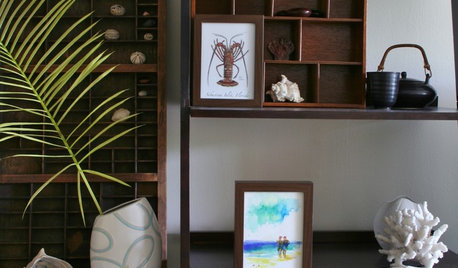
DECORATING GUIDES10 Ways to Give Your Hospitality a Tropical Touch
Treat guests to the resort treatment with blossoms, fruit and artwork that stir up an air of the exotic
Full Story
WINDOW TREATMENTSRoller Shades Raise the Curtain on Style
The humble window treatment is stealing the scene with fresh patterns, color and pizzazz
Full Story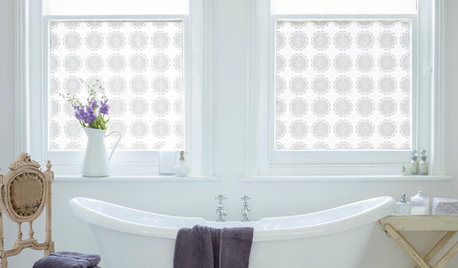
WINDOW TREATMENTSBathroom Windows That Pull In Light and Add Privacy Too
Enjoy a bright, sunny space in comfort with one of these strategically designed window treatments
Full Story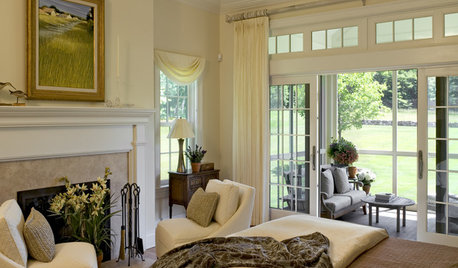
WINDOWSAwkward Windows and Doors? We've Got You Covered
Arched windows, French doors and sidelights get their due with treatments that keep their beauty out in the open
Full Story
GARDENING GUIDESHow to Switch to an Organic Landscape Plan
Ditch the chemicals for a naturally beautiful lawn and garden, using living fertilizers and other nontoxic treatments
Full Story
PAINTINGBulletproof Decorating: How to Pick the Right Kind of Paint
Choose a paint with some heft and a little sheen for walls and ceilings with long-lasting good looks. Here are some getting-started tips
Full Story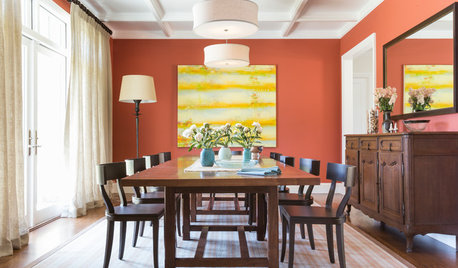
PAINTINGHow to Hire a Painter to Do Your Interiors
Here’s what to know about hiring a painting contractor and what to expect during the job
Full Story
HOME OFFICESQuiet, Please! How to Cut Noise Pollution at Home
Leaf blowers, trucks or noisy neighbors driving you berserk? These sound-reduction strategies can help you hush things up
Full Story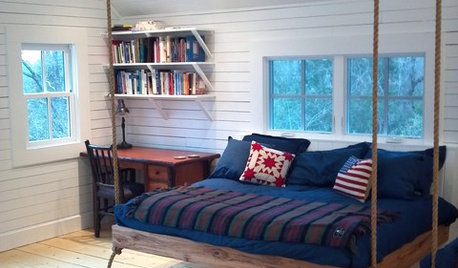
DECORATING GUIDESHemp, Hemp, Hooray! This Superplant May Be Legal Again in the USA
Hemp products are durable, sustainable, antibacterial and much more. Will the plant finally get the status it’s due in the States?
Full Story
EDIBLE GARDENSHow to Grow Your Own Sweet Summer Crops
This guide will help any gardener get started on growing the freshest warm-season veggies and berries for summer
Full Story





voodoobrew
rich_dufresne
Related Professionals
Carson Landscape Architects & Landscape Designers · Cottonwood Landscape Architects & Landscape Designers · Garden City Landscape Architects & Landscape Designers · Saint Louis Park Landscape Architects & Landscape Designers · Saint Matthews Landscape Architects & Landscape Designers · South Elgin Landscape Architects & Landscape Designers · Goodlettsville Landscape Contractors · Hilton Head Island Landscape Contractors · Hollywood Landscape Contractors · Waipahu Landscape Contractors · Baileys Crossroads Landscape Contractors · Bull Run Specialty Contractors · Bolingbrook Siding & Exteriors · Framingham Siding & Exteriors · Springfield Siding & Exteriorsdicot
susanlynne48Original Author